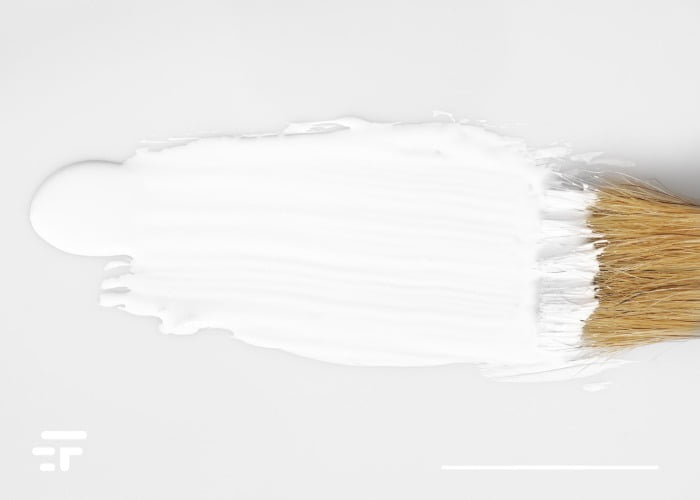Renewable energies are becoming more and more popular, by force and by love. According to the IEA, between now and the next 4 years they will constitute 95% (i.e. almost all) of the increase in global energy capacity.
The turning point, apart from the climate change, is an economic one: renewables are becoming less expensive than fossil fuels. And this for unsuspected times already, i.e. those that preceded the current geopolitical crisis. The current options (depending on the location of installation and local regulations) are now known: rooftop solar panels, small wind or hydroelectric energy systems, heat pumps. However, other systems are making their way that perhaps you are not familiar with and you could consider for a more sustainable home. One of these? Solar paint.
Solar paint, progress in the world

How about a paint that allows you to obtain energy from all surfaces hit by the sun, including the facades of a building? Not bad, and it could even work in combination with classic roof panels to maximize efficiency.
There are currently three laboratories in the world that study three different types of solar paint:
- Quantum dot colloidal solar cells (University of Toronto) – This photovoltaic paint is composed of light-absorbing nanoparticles, distributed on a special film. These nanoparticles, called quantum dot they can produce an electric current thanks to their semiconducting properties. Researchers are working on it to increase its efficiency and durability.
- Perovskite solar paint (University of Sheffield) – Perovskite is a semiconductor that absorbs light and can also transform solar energy into electrical energy. The English team has found a way to spray liquid perovskite cells onto surfaces: yes, “spray” solar cells. In the future, this system could make all surfaces "energetic", including glass ones in windows. Subsequent MIT research in 2019 (here it is) has improved the electrical conductivity of this solar paint by 10 times.
- Solar paint for hydrogen harvesting (Royal Melbourne Institute of Technology) – This solar paint uses a compound called synthetic molybdenum sulfide, which absorbs water from the air and also acts as a semiconductor, using the energy of sunlight to split water atoms into hydrogen and oxygen. The hydrogen is then used as a renewable energy source. Researchers they are optimizing methods to mix this compound with titanium oxide particles: they could create a paint that absorbs solar energy by generating hydrogen.
Solar paints are not yet on the market and do not have the efficiency of silicon-based solar panels, but while laboratories perfect the invention you can give your home a coat of reflective paint. It already exists, was developed in 2020 and it is so “super white” that it can cool a surface below the temperature of the surrounding air.


